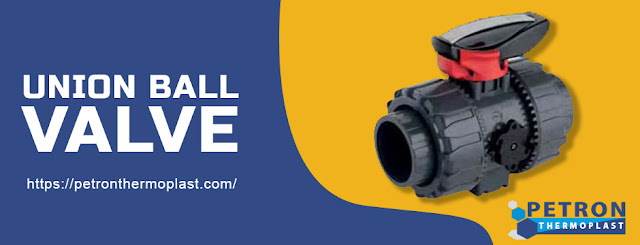Modern polymer polyvinylidene fluoride (PVDF) is employed in numerous applications. It is used in biology, chemistry, and electronics due to its remarkable resistance to chemical or heat degradation and minimal reactivity. The ratio of crystalline phases can be changed by enriching the polymer with a readily available and affordable form of graphite. It has been discovered that there is a correlation between the ratios of crystalline phases and many properties, including piezo- and triboelectric properties and the dielectric constant. Numerous techniques from the structural, chemical and electrical points of view have been used to observe these changes. The outcomes of these techniques have been described to serve as a foundation for additional investigation and testing of the applicability of this combination material in more intricate constructions and devices.
The characteristics of polyvinylidene fluoride have been improved nearly immediately through use and extensive modification. It is feasible to improve the PVDF films' performance in challenging settings and maintain and improve their usefulness as sensors and actuators by combining them in nanocomposites with other materials. Carbon is one of the most widely used materials to combine with PVDF. The subject of numerous papers is the production of hybrid composite films from PVDF and carbon to use with carbon quantum dots for the manufacture of films or the use of carbon and PVDF to enhance its piezoelectric capabilities.
How is PVDF produced?
1,1-difluoroethylene (CH2=CF2) is free-radical polymerized to create
PVDF resin. Polymerization occurs in an emulsion of 10-150°C and 10-300 atm
pressure. The material is subsequently transformed into sheets, rods, tubes,
and films.
PVDF polymer is typically produced using either hexafluoropropylene or chlorotrifluoroethylene (CTFE) (HFP).
Compared to PVDF homopolymer grades, the PVDF copolymer produced by HFP
exhibits greater flexibility.
Even more so than HFP-made polymers, CTFE-made composites are superior. They offer a great low-temperature performance range, are less likely to shrink, and are more flexible. Polyvinylidene Fluoride is subjected to ionizing radiation utilizing crosslinking, allowing for several alterations to the thermal and mechanical properties. Additionally, the polymer has limited compatibility with various resins, including acrylic, methacrylic, and acrylic rubbers.
Properties of PVDF Material -
1. PVDF contains a semi-crystalline polymer that is 50% amorphous, as
was previously mentioned. A relatively small percentage of the VDF units are
linked head to head, whereas most VDF units are connected from tail to head.
The fluoropolymer can be found in four different shapes.
An alignment is made to achieve the maximum dipole movement in the same direction with the C-F bonds opposite one another. Regarding the phrase, it is the responsible phase due to the resin's piezoelectric properties.
Zero net polarization occurs when the dipole moves in the opposite
direction from crystallites.
2. Mechanical Characteristics: PVDF has an excellent tensile modulus but performs poorly in impact strength. HFP and CTFE rearrangements can increase flexibility and impact strength while lowering the tensile modulus.
PVDF wouldn't drop and isn't combustible. It offers a respectable level
of UV light resistance and self-extinguishes.
3. Physical Characteristics: Among commercial fluoropolymers, the polymer possesses one of the highest heat deflection temperatures under load (148°C @0.5Mpa) and the lowest melting point (178°C).
Compared to other fluoroplastics, PVDF polymers have lower imbuing values due to their high surface tension and crystallinity. Gases and liquids both exhibit the same imbuing effects. However, the crystalline modification of parts is necessary for the imbuing capability.
Where can you find it?
A top producer of thermoplastic industrial engineering materials, PETRON
THERMOPLAST, accepts industrial projects for chemical and wastewater treatment
plants. Examine the polyvinylidene fluoride's mechanical, thermal,
electrical, optical, and other physical properties. Values may change depending
on the brand. For more detailed information regarding a specific brand, kindly
ask your Petron Thermoplast specialist.






No comments:
Post a Comment